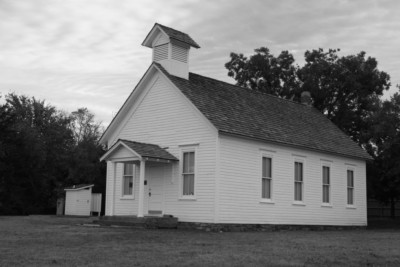

The elections that took place a year ago this week practically predestined a contentious, out-of-the-ordinary session of the General Assembly that has dragged through 10 months of 2019. Divided government isn’t pretty in relatively conventional circumstances, but even less so in today’s stressful hyper-polarization.
“One for the history books,” Democratic state Rep. Joe John of Wake County defined the session in an email to constituents. His assessment applies more to the way lawmaking was conducted than to its results.
In the education policy realm, legislators did a lot of tweaking and tinkering, some of it useful, but overall fell far short of addressing weaknesses evident in NAEP scores and other indicators. Two major issues bearing on the future of public education in North Carolina remain in contention — too little in teacher pay and too much in business tax reduction.
As expected, Democratic Gov. Roy Cooper vetoed the omnibus general fund budget produced by Republicans. In the November 2018 elections, Republicans held onto majorities in both the House and Senate, though not the veto-proof super-majorities of the previous legislative cycle. Democrats gained enough seats to sustain gubernatorial vetoes — thus, creating the environment for the drawn-out power struggle still unresolved when the legislature semi-adjourned last week.
The 1996 constitutional amendment providing for the veto imposed time limits on the governor to exercise the power, but no time limit on the legislature to override. Seeking to maximize their advantage while they still have a majority, Republican leaders adopted two uncommon tactics: pulling out certain appropriations into mini-budget bills and withholding veto-override votes so long as unified Democratic legislators showed up.
The House voted to override in an early morning when Democrats insist they were told no vote was anticipated. And last week, the Senate scheduled an override on the agenda but did not vote with all 50 members present. The day-to-day dynamics of the legislature have revolved around Democratic lawmakers anxiously arranging their schedules to show up in sufficient numbers to forestall an override.
A final decision on educators’ salaries and on further business tax reduction in the form of a franchise tax cuts will continue to play out in the days ahead. A raise of somewhat above 4% over two years adopted by the Republican majority is considered too little by the governor and teachers themselves. The franchise tax cut, which the governor has asked business leaders to oppose, would further erode the state’s revenue base needed for funding education, health care, public safety, and other services.
According to the calculation of both legislative and executive budget analysts, the combined effect of tax shifts since 2013 result in a 14% reduction in annual revenue by the 2020-2021 fiscal year — that’s $4.2 billion. At a time in which some North Carolina legislators say the state doesn’t have enough money for higher pay raises, additional perspective comes from the New Jersey-based Education Law Center in a report titled, “Making the Grade 2019: How Fair is School Funding in Your State?”
The ELC study places North Carolina fourth from the bottom in ranking states in cost-adjusted per pupil funding in relation to the national average. And it ranks North Carolina second lowest in “funding effort,” measuring revenues for K-12 education as a percentage of its gross domestic product.
“Many states with low funding levels and/or regressive funding distribution are also low-effort states,” says the report. “Arizona, Florida, North Carolina, and Nevada exemplify this condition. These states have the fiscal capacity to raise new revenue to increase their funding levels and improve funding distribution.”
A section of the report specifically contrasts North Carolina and South Carolina in their ability and effort in financing public education. “Where the Carolinas diverge is on effort,” says the ELC. “North Carolina ranks 48th on effort, while South Carolina ranks 8th. The difference means that South Carolina has funding levels at the national average while North Carolina, the wealthier state, funds students at a level nearly $4,000 per pupil below the national average.”
A legislative year that is “one for the history books” leaves unresolved not only the power struggle within a divided government but also a biting question for a top 10 state: When will North Carolina catch up with South Carolina?


